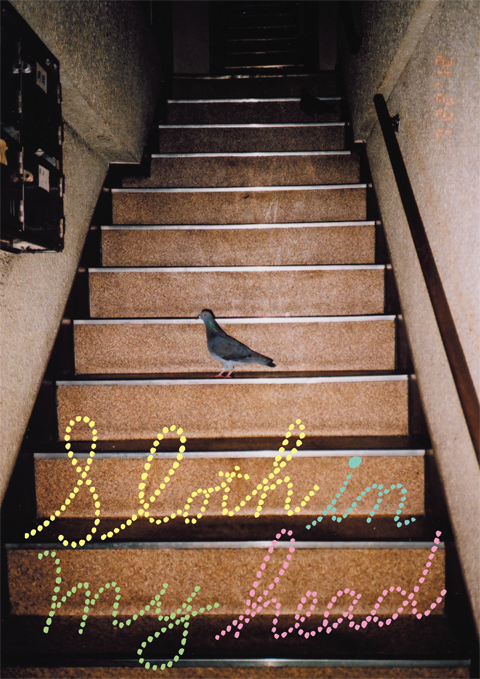Somehow $12 and zine do not go hand-in-hand, nor do $12 and Edition of 500, nor do zine and Edition of 500. Fewer, and actual, spreads would have been more convincing. Both reinforce the trivial manner in which zines have been imported to Asia as commercial opportunity rather than as cultural vehicle.i
i This generalization will be addressed in reviews to follow. To frame this argument, refer to the stated price for Mok’s ichikawadaimon on Panorama.jp’s webshop (¥3150, current conversion is US$38 v. the $10 for which it was acquired directly from the photographer through her Etsy shop). Or to Zines Mate’s (a Tokyo-based organization responsible for Tokyo Art Book Fair) call for “Asian Zines” along with its outcome and their distribution fees and terms.
From a r-e-v-i-e-w 1 of Ye Rin Mok’s “28 Pictures”
This is not a sound argument, to put it mildly, and the author knew it; thus the retreat and promise of more evidence down the line. Ah, but it’s six months later, he hasn’t written again for the site, and it still remains a generalization of, well, continental proportions to claim that “zines have been imported to Asia as commercial opportunity rather than as cultural vehicle.” Even if some opportunists do exist on this continent—the largest of all continents, as it happens—there are, indeed, Asian people who create zines for cultural rather than economic reasons 2. In any case, what exactly is a zine anyway, such that it should not be sold for $12 or be published in an edition of 500? More to the point, why would any non-skater make such a zealous attempt to defend its honor in 2012?
I can’t comment on the evil terms that Zine’s Mate proposes because they are not published on their site. Panorama is indeed selling “Ichikawadaimon” for ¥3000. Still, a quick glance at the front page of the site 3 shows that they’re not marking up other books drastically, if at all. The book is no longer available anywhere else, and it’s hardly only Japanese people—excuse me, hardly only Asians!—who sell books (and zines 4) above their retail price.
Zine’s Mate’s own Tokyo Art Book Fair 5 happened just a couple of weeks ago, and while there may have been some people looking to make a fast yen, there were also plenty of others selling their publications for cheap (¥300 or less). Sloth In My Head 6 is a so-called “endless zine project.” The zines are printed well, in color, at an almost unwieldy size larger than A3. They sell for ¥300. Meanwhile, Ye Rin Mok herself had a new zine on display at the fair, published with Tokyo-based Booklet Press. “Ceramics Class” 7 costs ¥650 and is printed in an edition of 100, which hardly seems like the stuff of commercial opportunity.
